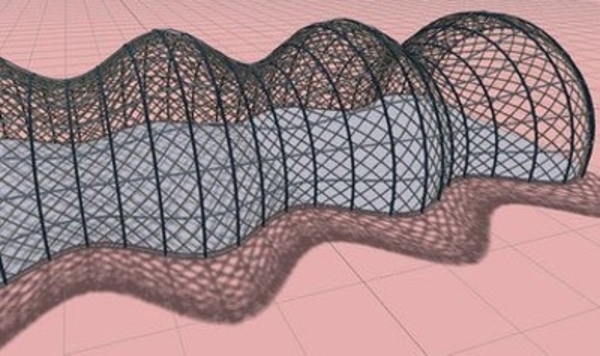Price:
6570 EUR
Contact
National University of Singapore
Description
As part of our “Spatial Computational Thinking” program, this “Semantic Modelling” course focuses on augmenting geometric models with an additional layer of semantic data. You will learn how geometric entities can be tagged with additional attribute values of different data types, and how these attributes can then be used for querying your models.
During the course, you will build on the foundations developed in the previous course, where the focus was on procedural modelling using geometric entities. In this course, you will first discover that the geometric entities actually have a topological structure that allows you to manipulate these models at a much deeper level.
You will then learn how to add semantics to your models, thereby allowing you to create data-rich spatial information models. This will allow you to apply powerful procedural data modelling techniques, especially the ability to query your semantic model and extract subsets of information.
In the process, you will also further develop your coding skills in the semantic world of computer science. You will revisit the loops and conditional and discover how these can be nested to create more complex control flows. You will also discover how list and dictionary data structures can be nested to create more complex types of data structures.
The modelling exercises and assignments during this course will progress from where the previous course left off. The geometric complexity of the modelling exercises and assignments will increase, but more important is the addition of layers of attribute data to all type of geometric entities, including positions, topological components, geometric objects, and collections of geometric objects. You will also learn how to add attributes to define colour, materials, and other visual properties.
The course prepares you for the next course in the “Spatial Computational Thinking” program, focusing on generative modelling of more complex types of spatial information models.
Specific details
Category of Education
Computer Sciense and IT







 How to resolve AdBlock issue?
How to resolve AdBlock issue? 


Comments (0)